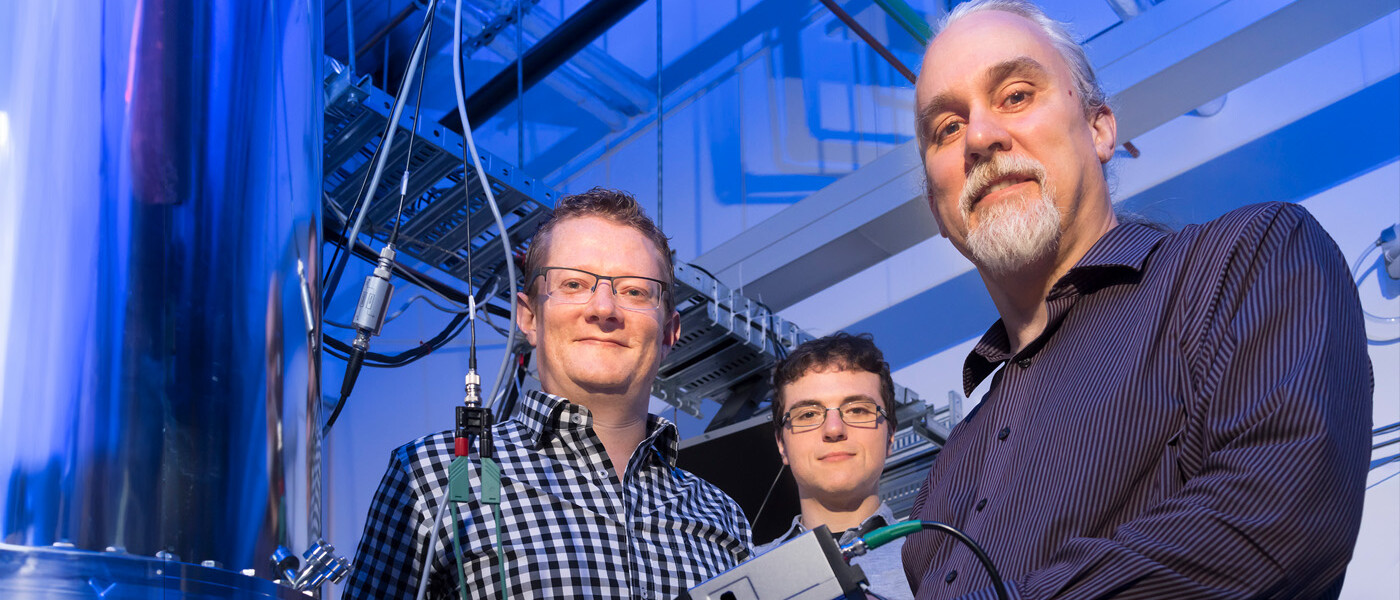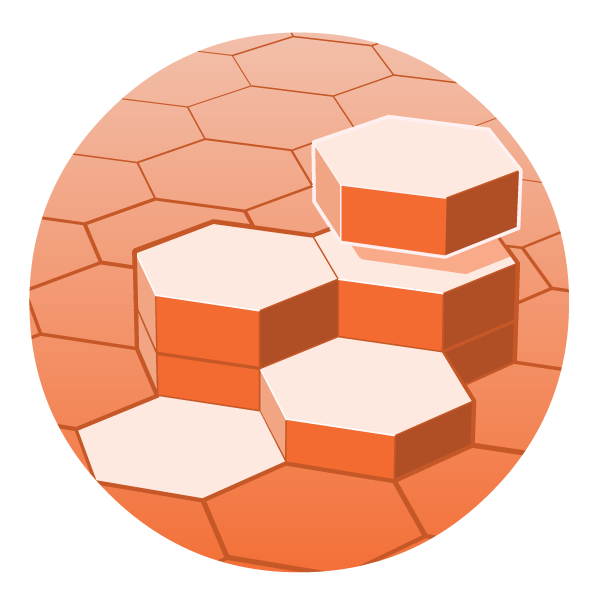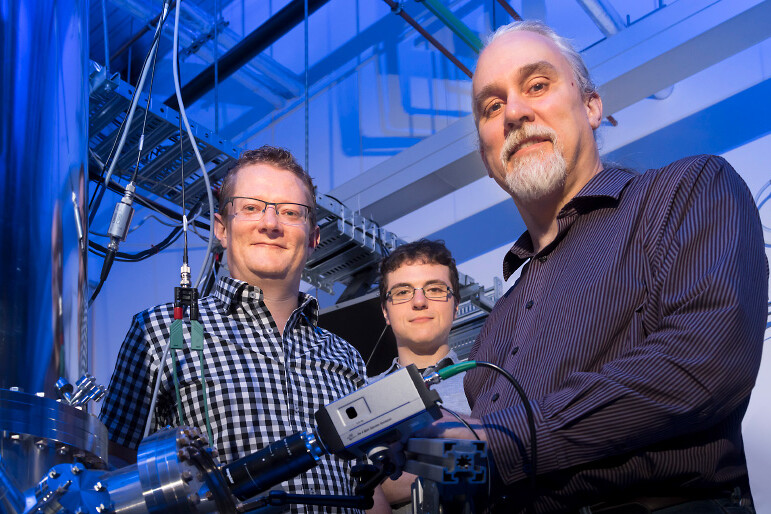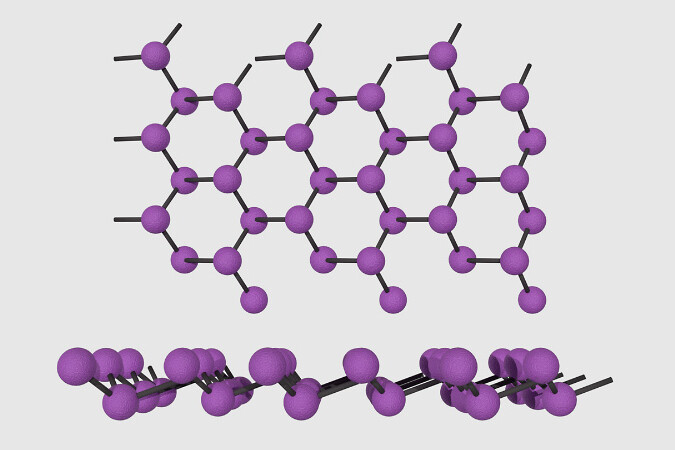
FLEET’s search for a viable room-temperature topological transistor was bold at the outset of the Centre’s funding. But now – via combined efforts in materials, experimentation and theory across the Centre – the low-energy topological transistor is a reality.
FLEET researchers achieved a world first in 2018: successfully ‘switching’ a topological material, via application of an electric field.
This success represented the first step in creating a functioning topological transistor – a key FLEET goal.
In a topological insulator’s edge paths, electrons can only travel in one direction. This means there is no ‘backscattering’ of electrons, which is what causes electrical resistance in conventional electrical conductors.
Unlike conventional electrical conductors, these topological edge paths can carry electrical current with near-zero dissipation of energy, meaning that topological transistors could burn much less energy than conventional electronics. They could also potentially switch between conducting and non-conducting states much faster.
Topological materials would form a transistor’s active ‘channel’ component, and would switch between open (0) and closed (1) to accomplish the binary operation used in computing.
The electric field induces a quantum transition from topological insulator to conventional insulator.
To be a viable alternative to today’s silicon-based technology (CMOS), topological transistors must function at room temperature, without the need for expensive supercooling. And must be able to be ‘switched’ extremely rapidly between electrically conducting (1) and non-conducting (0), by application of an electric field.
While switchable topological insulators had been proposed in theory, FLEET’s experiment was the first to prove a material could switch at room temperature, which is crucial for any viable replacement technology.
FLEET theoretical studies in 2021 confirmed that topological insulators transistors could reduce transistor gate voltage by half, and reduce transistor switching energy by a factor of four, defeating ‘Boltzmann’s tyranny’, which puts a lower limit on operating voltage.
Applying negative capacitance (via a ferroelectric material) connecting the topological material to the gate terminal allowed for significantly lower switching voltage.
The resulting device, the NC-TQFET (negative-capacitance topological-quantum field effect transistor) was been patented, and a spin-off company TQFET was launched in 2024.
FLEET’s efforts saw topological electronics added to the IEEE International Roadmap for Devices and Systems in 2020, ensuring awareness among industrial semiconductor R&D leaders. This ensures that FLEET’s breakthroughs will be considered among other leading potential solutions for future low-energy electronics, fulfilling the Centre’s mission.




